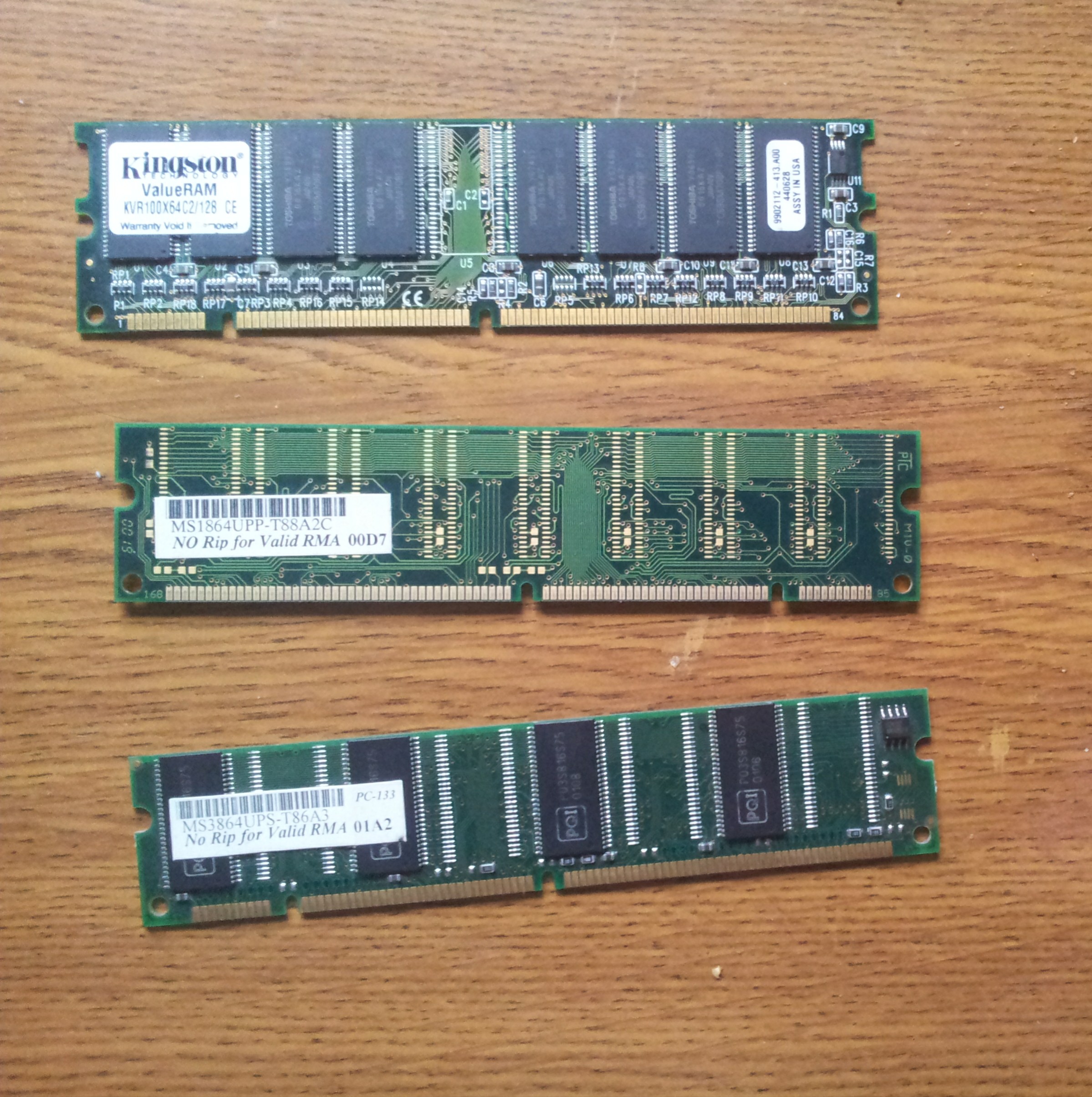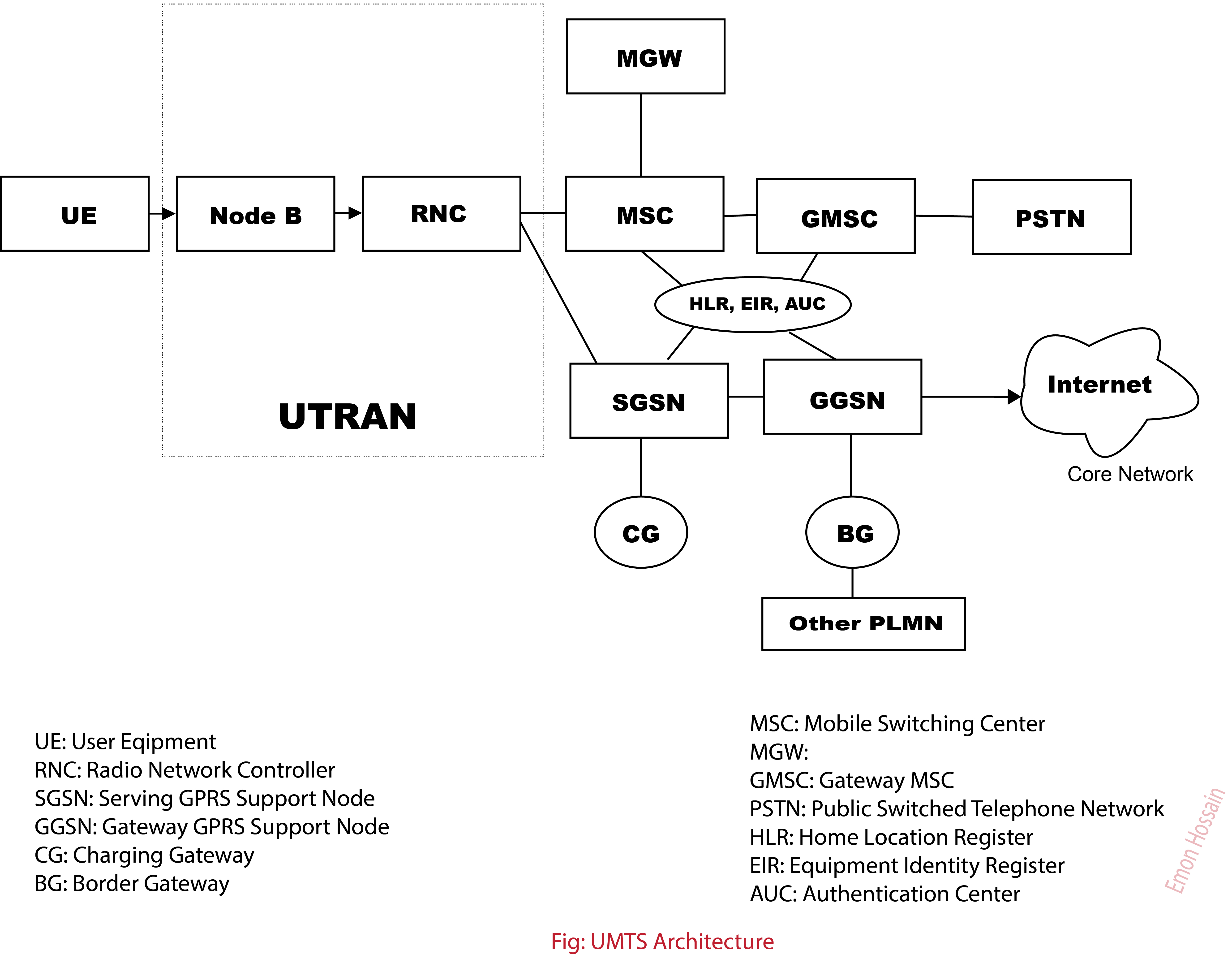|
Nokia 6500 Slide
The Nokia 6500 slide is a mobile phone by Nokia. The phone runs the Series 40 platform. The case is made of brushed stainless steel. It is the slider version of Nokia 6500 classic. Features *Communications **Quad band GSM / GPRS / EDGE: GSM 850, GSM 900, GSM 1800, GSM 1900 ** Dual band UMTS (W-CDMA): UMTS 850, UMTS 2100 *Media **Music player supports MP3, MP4, AAC, eAAC+, and WMA audio formats. **Video playback supports QVGA for H.263, MPEG4, and QCIF for H264 formats and codecs. **Video streaming supports H.263 & MPEG4 (up to QVGA, 15 frame/s), and H.264 (QCIF 15 frame/s) formats. **FM Radio *Camera **3.2-megapixel Carl Zeiss AG Optics camera, with video recording (VGA 15 frame/s) **Takes photos up to 2048x1536 **Integrated double LED flash **Secondary camera for video calling (QCIF resolution, 15 frame/s) *Display **2.2" (240 × 320 pixels) QVGA LCD display supporting up to 16.7 million true colors *Connectivity **Micro USB 2.0 **Bluetooth version 2.0 with A2DP **2.5mm ... [...More Info...] [...Related Items...] OR: [Wikipedia] [Google] [Baidu] |
Nokia
Nokia Corporation (natively Nokia Oyj, referred to as Nokia) is a Finnish multinational corporation, multinational telecommunications industry, telecommunications, technology company, information technology, and consumer electronics corporation, established in 1865. Nokia's main headquarters are in Espoo, Finland, in the greater Helsinki Greater Helsinki, metropolitan area, but the company's actual roots are in the Tampere region of Pirkanmaa.HS: Nokian juuret ovat Tammerkosken rannalla (in Finnish) In 2020, Nokia employed approximately 92,000 people across over 100 countries, did business in more than 130 countries, and reported annual revenues of around €23 billion. Nokia is a public limited company listed on the Helsinki Stock Exchange and New York Stock Exchange. [...More Info...] [...Related Items...] OR: [Wikipedia] [Google] [Baidu] |
General Packet Radio Service
General Packet Radio Service (GPRS) is a packet oriented mobile data standard on the 2G and 3G cellular communication network's global system for mobile communications (GSM). GPRS was established by European Telecommunications Standards Institute (ETSI) in response to the earlier CDPD and i-mode packet-switched cellular technologies. It is now maintained by the 3rd Generation Partnership Project (3GPP). GPRS is typically sold according to the total volume of data transferred during the billing cycle, in contrast with circuit switched data, which is usually billed per minute of connection time, or sometimes by one-third minute increments. Usage above the GPRS bundled data cap may be charged per MB of data, speed limited, or disallowed. GPRS is a best-effort service, implying variable throughput and latency that depend on the number of other users sharing the service concurrently, as opposed to circuit switching, where a certain quality of service (QoS) is guaranteed duri ... [...More Info...] [...Related Items...] OR: [Wikipedia] [Google] [Baidu] |
Flash ROM
Flash memory is an electronic non-volatile computer memory storage medium that can be electrically erased and reprogrammed. The two main types of flash memory, NOR flash and NAND flash, are named for the NOR and NAND logic gates. Both use the same cell design, consisting of floating gate MOSFETs. They differ at the circuit level depending on whether the state of the bit line or word lines is pulled high or low: in NAND flash, the relationship between the bit line and the word lines resembles a NAND gate; in NOR flash, it resembles a NOR gate. Flash memory, a type of floating-gate memory, was invented at Toshiba in 1980 and is based on EEPROM technology. Toshiba began marketing flash memory in 1987. EPROMs had to be erased completely before they could be rewritten. NAND flash memory, however, may be erased, written, and read in blocks (or pages), which generally are much smaller than the entire device. NOR flash memory allows a single machine word to be written to an erased ... [...More Info...] [...Related Items...] OR: [Wikipedia] [Google] [Baidu] |
SDRAM
Synchronous dynamic random-access memory (synchronous dynamic RAM or SDRAM) is any DRAM where the operation of its external pin interface is coordinated by an externally supplied clock signal. DRAM integrated circuits (ICs) produced from the early 1970s to early 1990s used an ''asynchronous'' interface, in which input control signals have a direct effect on internal functions only delayed by the trip across its semiconductor pathways. SDRAM has a ''synchronous'' interface, whereby changes on control inputs are recognised after a rising edge of its clock input. In SDRAM families standardized by JEDEC, the clock signal controls the stepping of an internal finite-state machine that responds to incoming commands. These commands can be pipelined to improve performance, with previously started operations completing while new commands are received. The memory is divided into several equally sized but independent sections called ''banks'', allowing the device to operate on a memory a ... [...More Info...] [...Related Items...] OR: [Wikipedia] [Google] [Baidu] |
UMTS Frequency Bands
The UMTS frequency bands are radio frequencies used by third generation (3G) wireless Universal Mobile Telecommunications System networks. They were allocated by delegates to the World Administrative Radio Conference (WARC-92) held in Málaga-Torremolinos, Spain between 3 February 1992 and 3 March 1992. Resolution 212 (Rev.WRC-97), adopted at the World Radiocommunication Conference held in Geneva, Switzerland in 1997, endorsed the bands specifically for the International Mobile Telecommunications-2000 (IMT-2000) specification by referring to S5.388, which states "The bands 1,885-2,025 MHz and 2,110-2,200 MHz are intended for use, on a worldwide basis, by administrations wishing to implement International Mobile Telecommunications 2000 (IMT-2000). Such use does not preclude the use of these bands by other services to which they are allocated. The bands should be made available for IMT-2000 in accordance with Resolution 212 (Rev. WRC-97)." To accommodate the reality that th ... [...More Info...] [...Related Items...] OR: [Wikipedia] [Google] [Baidu] |
W-CDMA
The Universal Mobile Telecommunications System (UMTS) is a third generation mobile cellular system for networks based on the GSM standard. Developed and maintained by the 3GPP (3rd Generation Partnership Project), UMTS is a component of the International Telecommunication Union IMT-2000 standard set and compares with the CDMA2000 standard set for networks based on the competing cdmaOne technology. UMTS uses wideband code-division multiple access (W-CDMA) radio access technology to offer greater spectral efficiency and bandwidth to mobile network operators. UMTS specifies a complete network system, which includes the radio access network (UMTS Terrestrial Radio Access Network, or UTRAN), the core network (Mobile Application Part, or MAP) and the authentication of users via SIM (subscriber identity module) cards. The technology described in UMTS is sometimes also referred to as Freedom of Mobile Multimedia Access (FOMA) or 3GSM. Unlike EDGE (IMT Single-Carrier, based on GSM) and ... [...More Info...] [...Related Items...] OR: [Wikipedia] [Google] [Baidu] |
Universal Mobile Telecommunications System
The Universal Mobile Telecommunications System (UMTS) is a third generation mobile cellular system for networks based on the GSM standard. Developed and maintained by the 3GPP (3rd Generation Partnership Project), UMTS is a component of the International Telecommunication Union IMT-2000 standard set and compares with the CDMA2000 standard set for networks based on the competing cdmaOne technology. UMTS uses wideband code-division multiple access (W-CDMA) radio access technology to offer greater spectral efficiency and bandwidth to mobile network operators. UMTS specifies a complete network system, which includes the radio access network (UMTS Terrestrial Radio Access Network, or UTRAN), the core network (Mobile Application Part, or MAP) and the authentication of users via SIM (subscriber identity module) cards. The technology described in UMTS is sometimes also referred to as Freedom of Mobile Multimedia Access (FOMA) or 3GSM. Unlike EDGE (IMT Single-Carrier, based on GSM) and ... [...More Info...] [...Related Items...] OR: [Wikipedia] [Google] [Baidu] |
Dual Band
In telecommunications, a multi-band device (including (2) dual-band, (3) tri-band, (4) quad-band and (5) penta-band devices) is a communication device (especially a mobile phone) that supports multiple radio frequency bands. All devices which have more than one channel use multiple frequencies; a band however is a group of frequencies containing many channels. Multiple bands in mobile devices support roaming between different regions where different standards are used for mobile telephone services. Where the bands are widely separated in frequency, parallel transmit and receive signal path circuits must be provided, which increases the cost, complexity and power demand of multi-band devices. The term quad-band describes a device that supports four frequency bands: the 850 and 1900 MHz bands, which are used in the Americas, and 900 / 1800, which are used in most other parts of the world. Most GSM/UMTS phones support all four bands, while most CDMA2000/1xRTT phones (mostly North Am ... [...More Info...] [...Related Items...] OR: [Wikipedia] [Google] [Baidu] |
GSM Frequency Bands
GSM frequency bands or frequency ranges are the cellular frequencies designated by the ITU for the operation of GSM mobile phones and other mobile devices. Frequency bands GSM frequency usage around the world A dual-band 900/1800 device is required to be compatible with most networks apart from deployments in ITU Region 2. GSM-900, EGSM/EGSM-900 and GSM-1800 GSM-900 and GSM-1800 are used in most parts of the world (ITU-Regions 1 and 3): Africa, Europe, Middle East, Asia (apart from Japan and South Korea where GSM has never been introduced) and Oceania. In common GSM-900 is most widely used. Fewer operators use GSM-1800. Mobile Communication Services on Aircraft (MCA) uses GSM-1800. In some countries GSM-1800 is also referred to as "Digital Cellular System" (DCS). GSM-850 and GSM-1900 GSM-1900 and GSM-850 are used in most of North, South and Central America (ITU-Region 2). In North America, GSM operates on the primary mobile communication bands 850 MHz and 1900 ... [...More Info...] [...Related Items...] OR: [Wikipedia] [Google] [Baidu] |
Quad Band
In telecommunications, a multi-band device (including (2) dual-band, (3) tri-band, (4) quad-band and (5) penta-band devices) is a communication device (especially a mobile phone) that supports multiple radio frequency bands. All devices which have more than one channel use multiple frequencies; a band however is a group of frequencies containing many channels. Multiple bands in mobile devices support roaming between different regions where different standards are used for mobile telephone services. Where the bands are widely separated in frequency, parallel transmit and receive signal path circuits must be provided, which increases the cost, complexity and power demand of multi-band devices. The term quad-band describes a device that supports four frequency bands: the 850 and 1900 MHz bands, which are used in the Americas, and 900 / 1800, which are used in most other parts of the world. Most GSM/UMTS phones support all four bands, while most CDMA2000/1xRTT phones (mostly North Am ... [...More Info...] [...Related Items...] OR: [Wikipedia] [Google] [Baidu] |
QVGA
The graphics display resolution is the width and height dimension of an electronic visual display device, measured in pixels. This information is used for electronic devices such as a computer monitor. Certain combinations of width and height are standardized (e.g. by VESA) and typically given a name and an initialism that is descriptive of its dimensions. A graphics display resolution can be used in tandem with the size of the graphics display to calculate pixel density. An increase in the pixel density often correlates with a decrease in the size of individual pixels on a display. Overview by vertical resolution and aspect ratio Aspect ratio The favored aspect ratio of mass-market display industry products has changed gradually from 4:3, then to 16:10, then to 16:9, and is now changing to 18:9 for smartphones. The 4:3 aspect ratio generally reflects older products, especially the era of the cathode ray tube (CRT). The 16:10 aspect ratio had its largest use in the 19 ... [...More Info...] [...Related Items...] OR: [Wikipedia] [Google] [Baidu] |




